Westward Expansion is the Stuff of Pioneering Western
DIRECTED BY JAMES CRUZE/1923
STREET DATE: FEBRUARY 20, 2018/KINO LORBER
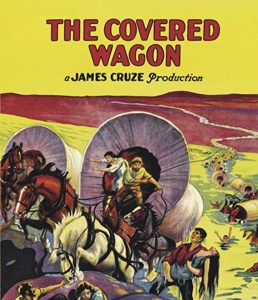 Known for being the first ever epic Western film, James Cruze’s dusty melodrama lives up to its esteemed reputation among aficionados of the genre, and then some. Never before was the untamed frontier so grand, so imposing. Never before on such an impressive scale were flawed heroes and hateful villains rendered amid the spectacle of the nation’s history.
Known for being the first ever epic Western film, James Cruze’s dusty melodrama lives up to its esteemed reputation among aficionados of the genre, and then some. Never before was the untamed frontier so grand, so imposing. Never before on such an impressive scale were flawed heroes and hateful villains rendered amid the spectacle of the nation’s history.
The production of The Covered Wagon was unprecedented; a three month location shoot in remote areas of Nevada and Utah with scores of authentic wagons, goodness knows how many extras, as well as tons of cattle, horses and dogs. Not to mention all the primitive filmmaking equipment they’d use. The film is black and white and silent, but as lively and resonant as the West itself.
Those (like myself) who’ve harbored the notion that the Western came of age with Raoul Walsh’s The Big Trail or John Ford’s Stagecoach, will find this film revelatory.
It’s the late 1840s, a time far less removed from the cast and crew of The Covered Wagon than The Covered Wagon itself is now removed from us. (Seventy years, give or take, versus ninety-five years). As the crew of a vast wagon train in the territory that is now Kansas City awaits the arrival of another vast wagon train that’s set to join them on their perilous journey to Oregon, one thing becomes immediately clear: The singular “Covered Wagon” of the title is one of the greatest understatements in movie history. The Covered Wagon is rife with unfettered desert landscapes dotted with real covered wagons, dozens and dozens and dozens of them, often spanning off like ants into the distant horizon. The rather innocuous title of the film then becomes a question: Which one is THE Covered Wagon, anyway?
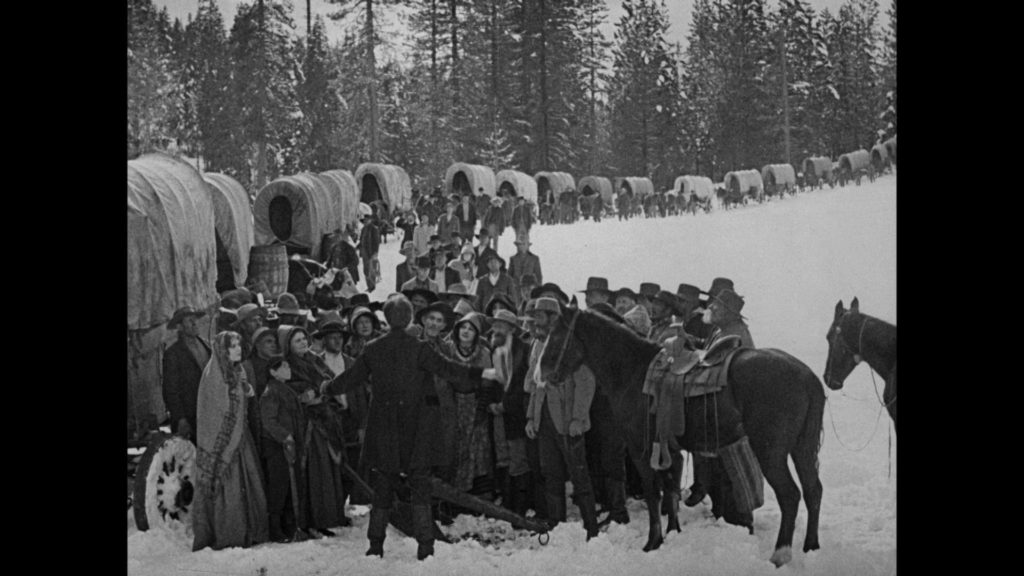
Image credit: DVDbeaver.com
Spoiler: We never find out. Another spoiler: With everything else that’s going on with this group of would-be settlers, it never matters. The dashing yet awkward leader of the adjoining party, Will Banion, as played by J. Warren Kerrigan (a bit of a movie star then), catches the betrothed eye of Molly Wingate (Lois Wilson). The immediate chemistry between them is obvious to everyone, including her gruffer-by-the-day fiancé Sam Woodhull (an imposing Alan Hale).
Woodhull, not having it, makes a quick enemy of Banion, who’s already nurturing a dodgy reputation as a cattle thief. It’s all enough to cost him any future contact with Molly, per her father. Banion is gentleman enough to honor this edict, as he seems to honor the charges that were once leveled against him. But doggonit, he’s a good guy…! Can it be that there’s more to his “crime” than is commonly known…? And if so, will the perpetually drunken man who knows the truth come to his senses long enough to clear the air…?
As aspects of the characters and situations seem perhaps cliche, it’s important to remember that this is a 1923 film. Meaning, as we watch The Covered Wagon, we’re actually seeing the beginning of, and cementing of what would become those cliches. Those (like myself) who’ve harbored the notion that the Western came of age with Raoul Walsh’s The Big Trail (1930) or John Ford’s Stagecoach (1939), will find this film revelatory.
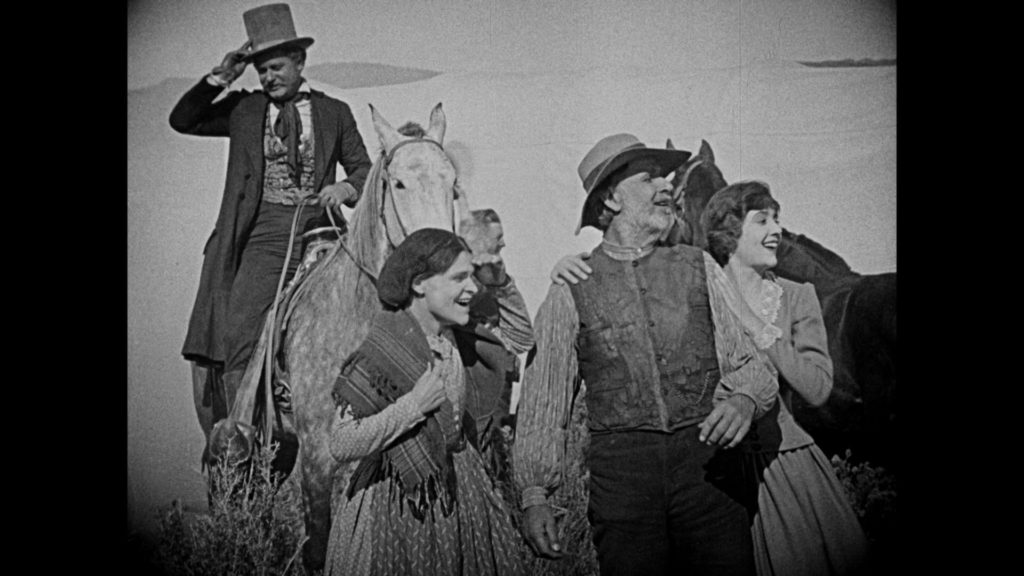
Image credit: DVDbeaver.com
The restoration of The Covered Wagon is also revelatory in its own right. Crisp, vivid, and running at an appropriate frame rate, the work that’s clearly been put into this presentation more than earns its classy blu-ray release via Kino Lorber. The precision and painstaking choreography of perfectly aligned wagons, lined up well into the z-axis and/or braving the actual rough terrain, receives a level of visual quality worthy of director Cruze’s efforts.
It’s worth mentioning that many of the Native Americans featured in the film are authentic, a boast that many subsequent Hollywood Westerns would not be able to make. Portrayed, however, as superstitious paranoid attackers that have it in for plows, it can’t be said that they are represented in the best light. The major Indian attack sequence late in the film, though, is some thoroughly impressive filmmaking for the time.
Bolstered by the inclusion of the popular song “Oh Suzanna”, the blu-ray maintains a tried and true Wurlitzer organ score, performed by Gaylord Carter. The disc also includes a colorful commentary track by film historian Toby Roan, who’s clearly done his homework on this “most colossal picture for all times!”
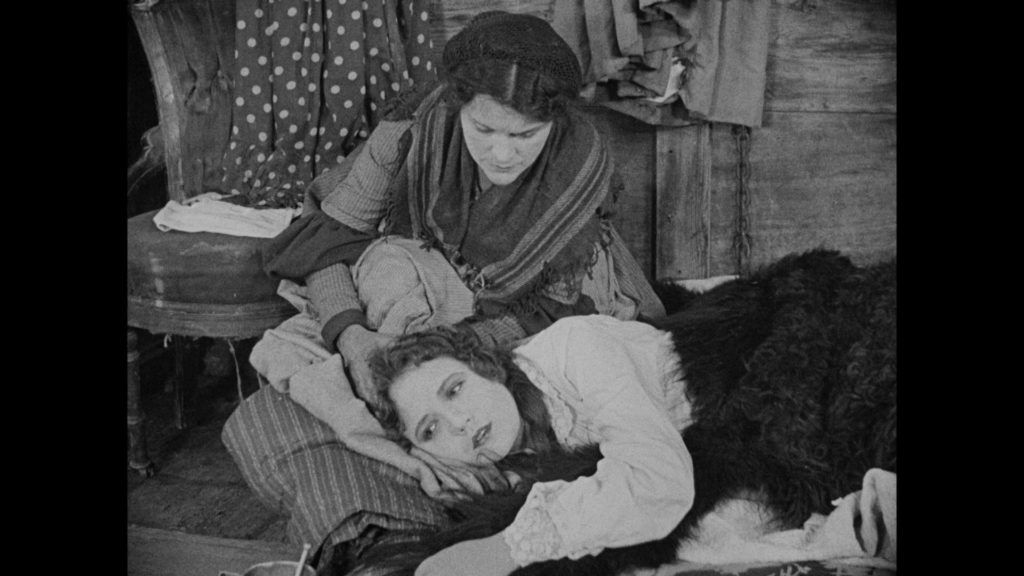
Image credit: DVDbeaver.com
Then, there’s a short parody film from 1932 called The Pie-Covered Wagon, featuring a very young Shirley Temple. The short is a vehicle for “The Baby Burlesk” concept, in which little children, clad only in diapers, are put through the motions of spoofing a famous feature film. As most of the cast is too old to be wearing the diapers that this particular kid-sploitation requires (think “Our Gang” age range), the pain of sitting through this so-called “comedy” is only heightened. But, on the plus side, the blu-ray does include a very nice little full color insert booklet, with vintage film art, stills, and an essay by media studies professor Matt Hauske.
Indian Attacks, Prairie Fires, Fording of Swollen Streams, a Great Buffalo Hunt, Dramatic Situations Galore—All go to make up “The Covered Wagon”!
Back when a tagline could run as long as the film they’re promoting, this was how Paramount sold this one. A variant is more succinct and the to the point, if also less detailed: Out where thrills began.
Whatever the context be it film genre or actual American history, it’s hard to argue with that.
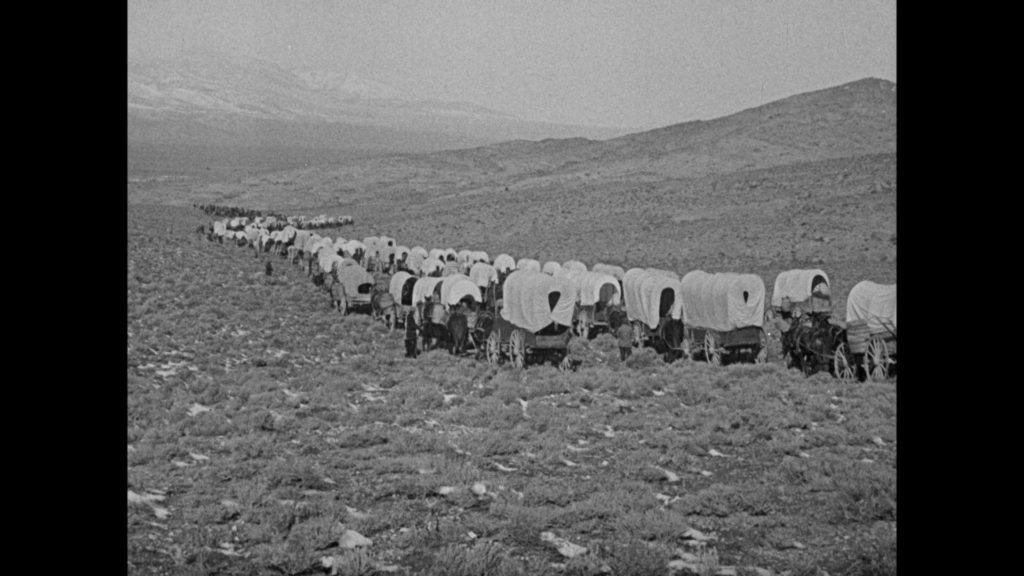
Image credit: DVDbeaver.com

